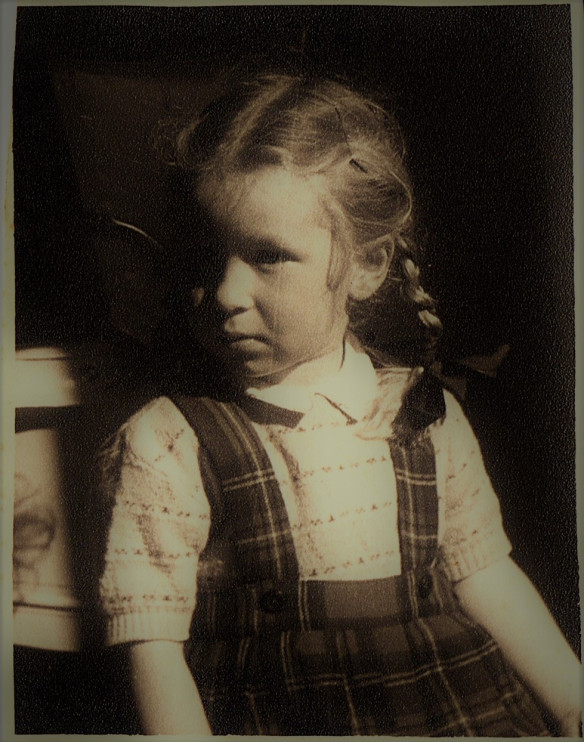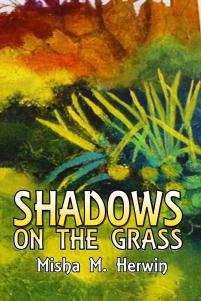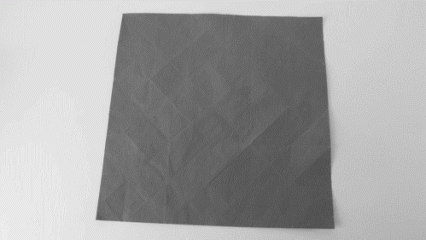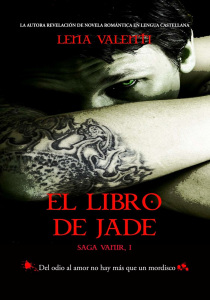
Malgosia
We all know that a rose “by any other name would smell as sweet”. It is, after all, a flower and you can’t change its appearance, or its scent by giving it a different name. Call the same blossom bogstink, however, and our perception of the flower might change.
Names are powerful. They carry with them a resonance and depth of meaning that work on many levels, some buried so deeply in the sub-conscious that we are not even aware of them.
This is why a great deal of time and money is spent trying to find the right name for a new product. The right name will spark a desire to own, or eat, or drink whatever it is that is on sale. A Jaguar, with its connotation of speed and glamour is for more desirable, than the now defunct Datsun Cherry.
It is also why finding your characters matters. Find the right one and so much can be implied, age, status, gender. No reader will empathise with Cruella de Ville, or Draco Malfoy, while Harry Potter is Every Boy, as opposed to Every Man.
 Sometimes, as with Jo Docherty, in “House of Shadows” name and character simultaneously at once. It is almost as if I had already known her from somewhere in my past. I could see and hear her, I know all about her family and how and she ended up living with her grandparents.
Sometimes, as with Jo Docherty, in “House of Shadows” name and character simultaneously at once. It is almost as if I had already known her from somewhere in my past. I could see and hear her, I know all about her family and how and she ended up living with her grandparents.
I also knew exactly what Ann, the girl in the blue dress, looked like. It took me a time to find the portrait of her, painted by Thomas Gainsborough, but it was there in the museum Art Gallery, just as I had remembered.
Names play an important part in “Shadows on the Grass”.  The Dzierzanowski’s Polish surname sets them apart from post-war British society, in which they have to find their place.
The Dzierzanowski’s Polish surname sets them apart from post-war British society, in which they have to find their place.
The father, Gregor, suffers the indignity of having his name Anglicised at work, because his work mates cannot cope with an unfamiliar juxtaposition of consonants.
Today, in a much more multi-cultural world, we make an effort to get our tongues around other people’s languages. When I was growing up, however, it was an accepted fact that no one would try.
The little girl in the picture was Christened, Malgorzata, Anna, Maria Chmielinska. Her first language was Polish and her parents, who did not have much money, sent her to a private nursery school when she was three years old, to make sure that she would be fluent in English, before she started full-time education at five.
Once at La Retraite, the nuns decided that my surname was impossible, my first name even worse and I became Margaret Anne.
Unless this has happened to you, it is difficult to understand what a huge impact this forcible re-naming can have.
For decades afterwards I struggled with this other persona. This English girl who wasn’t me.
What was worse, was that I wasn’t Polish either. At that time Poland was behind the Iron Curtain and was impossible to visit. Even communication with the rest of the family was difficult and possibly dangerous for them. I didn’t see any of my relatives who lived in Poland, until I was seventeen. By which time the political situation had changed and travel between the Eastern Bloc countries and the west was easier, though still not without its difficulties.
I still have vivid memories of the stone-faced East German guards going through our papers on the train and the way in which our possessions were searched on the way out Poland, in case we were smuggling any forbidden currency.
My sister, Anuk Naumann, she too has a story behind her name, but that is for another time, are both known not by the names we were given at birth, but by ones we either found, or grew into.
I suspect this search for identity is crucial to the way we see the world and to our art. Being uncertain of your own story is surely the greatest spur to constructing a narrative, where you, as the writer, or the artist, are more or less in control.
Advertisements Share this:






